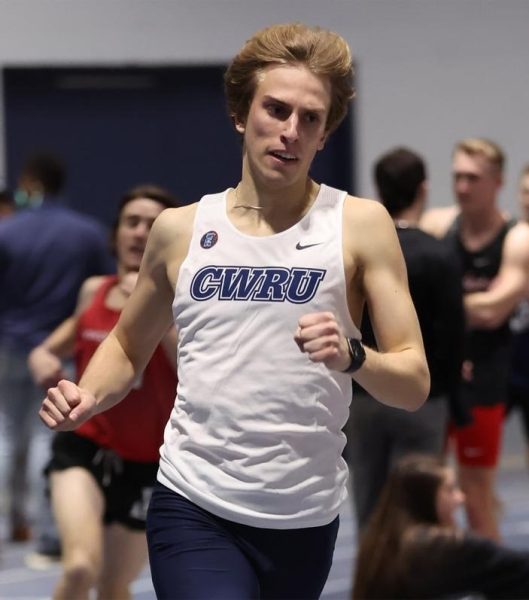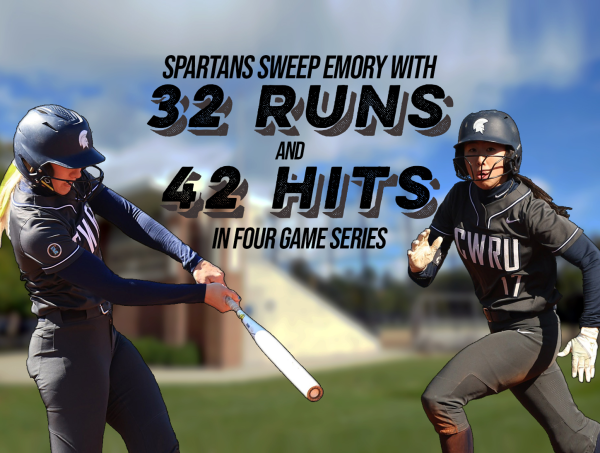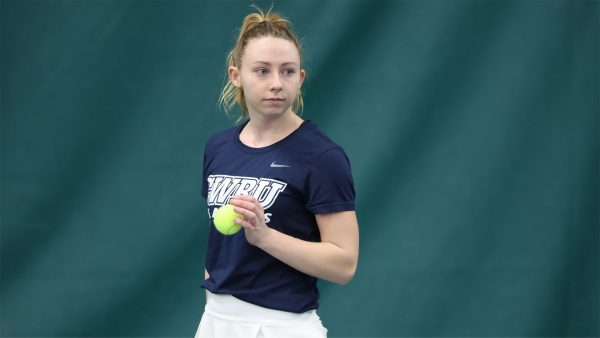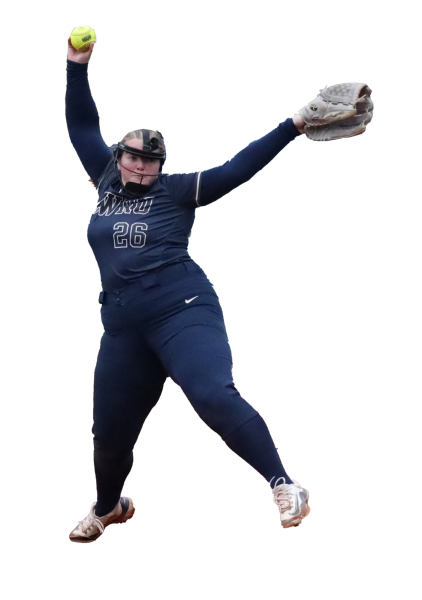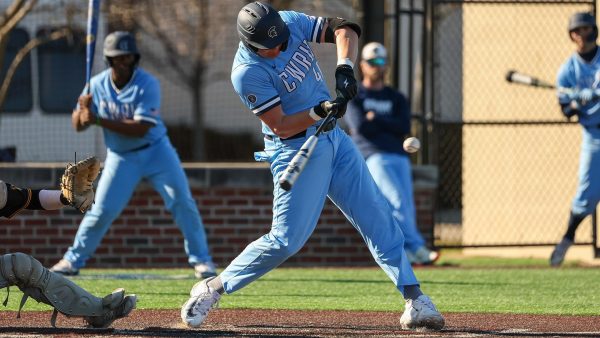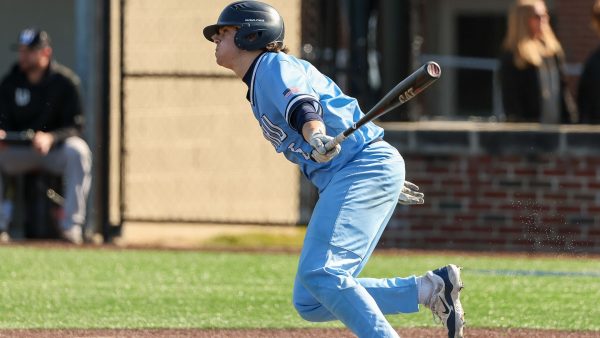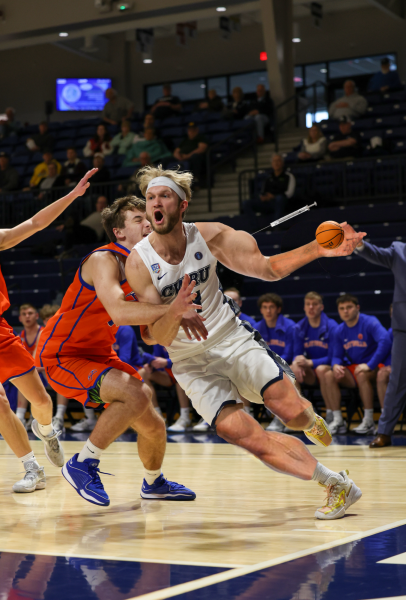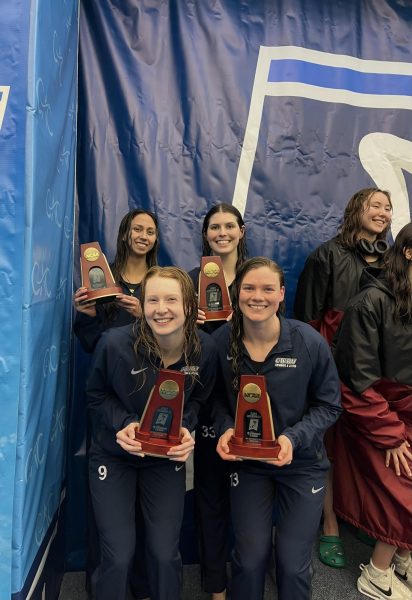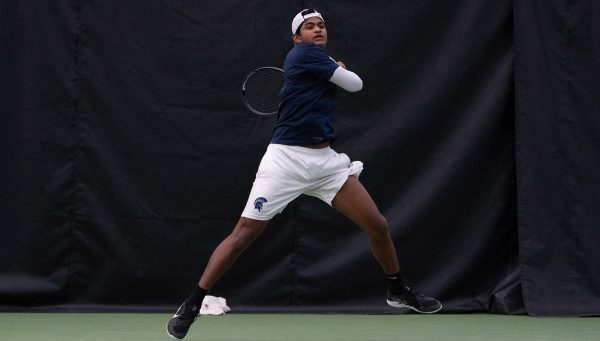The CWRU ice skating pro
Figure skater William Littlefield shares his journey to nationals
December 5, 2014
The lights shine brightly around the skating rink and over 10,000 people watch from the stands as William Littlefield makes his way from the Zamboni gate to the center of the rink. He breathes deeply and takes his starting pose. The crowd becomes quiet and the music begins.
At age seven, Littlefield started playing hockey with no intentions of being a figure skater. Since then he has become a renowned figure skater, who has competed at the national level three times.
“I was at an ice rink for a hockey team try-out and the coach pulled my parents aside and asked to teach me both figure skating and hockey because he liked the way I skated,” said Littlefield.
Littlefield spent most of his life training in Dallas, Texas. He started serious training with Olympic level coaches around age 12 and competed at U.S. Nationals by age 14. Training with these coaches took his skating career to the next level. Littlefield spent two to four hours a day on the ice practicing his routines and learning new stunts.
According to Littlefield, “Skating is half artistic, half athletic and murderously difficult. It consumes all of my time; it’s the kind of sport where I would live, think, breath, dream about ice skating constantly.”
It’s even a little intrusive. “I don’t hear music at a party, I hear music and my thought immediately jumps to a program or routine,” said Littlefield. “Skating is the first thing I think about when I wake up and it’s the last thing I think about before I go to bed.”
By the time he turned 16, Littlefield had to focus all of his attention on figure skating and again went to Nationals his senior year of high school. He expresses his feelings moments before performing:
“When I stand in the middle of the ice and I’m about to complete, my emotions vary. Sometimes I feel like a caged tiger and I’m ready to go,” said Littlefield. “Other times, especially towards the beginning of the season, I feel less comfortable because it may be the first time I’m performing this routine.”
While he was training for Nationals, Littlefield began looking at colleges because he knew how important it was to get a good education. He chose Case Western Reserve University because it offered him the right combination of academics and extracurricular activities.
Littlefield states, “CWRU not only had the perfect financial incentive and academic prestige, but it is also located in a place that is historic for ice skating, so all my criteria were met and I had found the perfect match.”
Shortly after coming to college Littlefield had to get reconstructive ankle surgery. The surgery turned out to be successful, and his ankle became as strong and healthy as it was before. Unfortunately, the injury occurred during one of his best seasons, which prevented him from participating at the qualifying competitions.
“Ankle injury is pretty common with the sport, especially when you advance and start doing more difficult stunts and spins,” Littlefield explains.
Although it’s been a while since Littlefield last competed, he hopes to skate again next season. He is thankful for his friends and coaches who helped him become the person he is today,
“I had a good support network,” said Littlefield. “No human regardless of how determined they are will fall 50 times in an ice ring that is 10 degrees on a jump that they know they’re not going to land that day… and keep working on it unless they have a group of people pushing them and encouraging them.”











